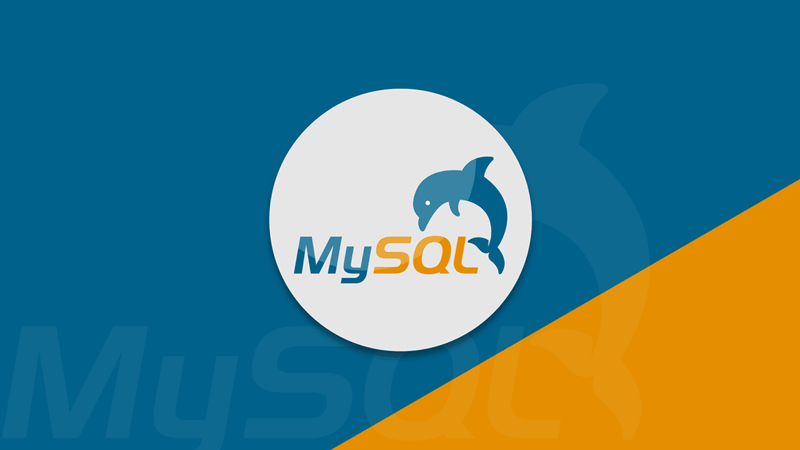
Aria is not shipped with MySQL or Percona Server, but is included in the TokuDB release of MariaDB The long-term goal is for Aria to be the default transactional and non-transactional storage engine for MariaDB. It is not yet transactional but plans to add proper support for database transactions at some point in the future. Its goal is to make a crash-safe alternative to MyISAM. Versions of MySQL 5.5 and greater have switched to the InnoDB engine to ensure referential integrity constraints, and higher concurrency.Īria is a storage engine for the MariaDB and MySQL relational database management systems. The major deficiency of MyISAM is the absence of transactions support.
#Mysql optimizer settings code
It is based on the older ISAM code but has many useful extensions.


MyISAM is the default storage engine for the MySQL relational database management system versions prior to 5.5. It follows the ACID (atomicity, consistency, isolation, durability) model which guarantees that all transactions are handled properly and error free. It has a strong focus on reliability and performance, and features row-level locking, foreign keys and transaction support. InnoDB is a data storage engine used by default in MySQL database since version 5.5 replacing MyISAM. When changing values in the my.cnf file, be sure that the line you are changing hasn’t been commented out with the pound # prefix. You should restart MySQL after each change:įor distributions using systemd: systemctl restart mysqldįor distributions with different init systems: service mysql restart
#Mysql optimizer settings windows
For example, this is the case for MySQL 5.5 on Windows - it points to a my.ini file in the data directory, which is not normally listed with mysqld -help -verbose.īest practice suggests that you make small changes, one at a time, and then monitor the server after each change. You can create the file on your own - use one of the sample config files provided with MySQL (on Linux - see /usr/share/mysql/*.cnf files and use whichever is appropriate for you - copy it to /etc/my.cnf and then modify as needed).Īlso, note that there is a command line option -defaults-file which may define a custom path to my.cnf or my.ini file.

Note It is possible that there is no my.cnf file at any of these locations. On Windows systems the MySQL configuration file is usually stored in: C:\Windows\my.ini.On DirectAdmin and cPanel based systems the MySQL configuration file is stored in: /etc/my.cnf.On Linux systems the MySQL configuration file is usually stored in: /etc/mysql/my.cnf.It initially used XtraDB as the default storage engine, and switched back to InnoDB since version 10.2 Locating my.cnf It includes a new storage engine, Aria, an alternative to MyISAM. MariaDB intends to maintain high compatibility with MySQL, ensuring a drop-in replacement capability with library binary parity and exact matching with MySQL APIs and commands. Development is led by some of the original developers of MySQL.

#Mysql optimizer settings software
MariaDB is a fork of MySQL, intended to remain free and open-source software under the GNU General Public License. Generally, after tuning Apache to handle larger loads, it is beneficial to tune MySQL to allow additional connections. Running MySQL at optimal settings for specific resources helps handle larger server loads and helps lower infrastructure costs. Structured Query Language (SQL) is a special purpose programming language used to store, manipulate and retrieve data from databases.


 0 kommentar(er)
0 kommentar(er)
